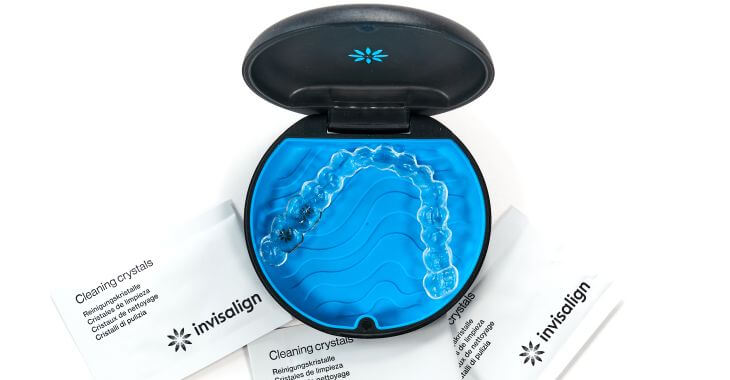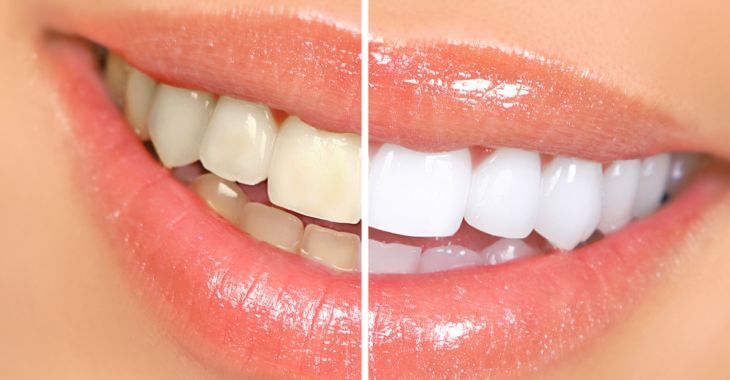Primary or baby teeth are very susceptible to cavities or tooth decay. Most kids get cavities in their first teeth and dentists will often recommend drilling and filling cavities in baby teeth. Are there alternatives to filling cavities in baby teeth? Here is what you need to know about how to treat cavities in baby…
Most people understand that teeth alignment is important. Orthodontic treatment is designed to help adolescents, teens and adults achieve properly aligned teeth. However, many people are unsure of how teeth should be aligned. How are your teeth supposed to sit? Here is what you need to know. If you think braces and aligners create an…
It is estimated that over four million Americans each year wear braces or orthodontic devices to straighten their teeth. Once the treatment with braces is finished, patients need to continue with maintaining their smile with a retainer. How long do you wear a retainer after braces? Here is what you need to know. Of the…
Lumps on the gum tissue can be a sign of a gum boil or abscess. When bacteria accumulate under the skin on the gums, it can result in a type of gum infection. There are a variety of causes for oral abscesses on the gum tissue, but most require medical gum boil treatment by a…
Do you have a teeth gap? Many people have gaps in their teeth – Michael Strahan is famous for the gap between his front teeth. However, not everyone embraces gap teeth like Mr. Strahan. If you have spaces between your teeth, it can be a distraction and may impact your oral health. There are a…
Are you embarrassed by the way your teeth look when you smile? Imperfections such as chips, stains and misshapen teeth can negatively affect your personal and professional life. By improving your smile, you can boost your overall confidence. Cosmetic dentistry procedures in a smile makeover can correct a variety of imperfections to improve your appearance…













)